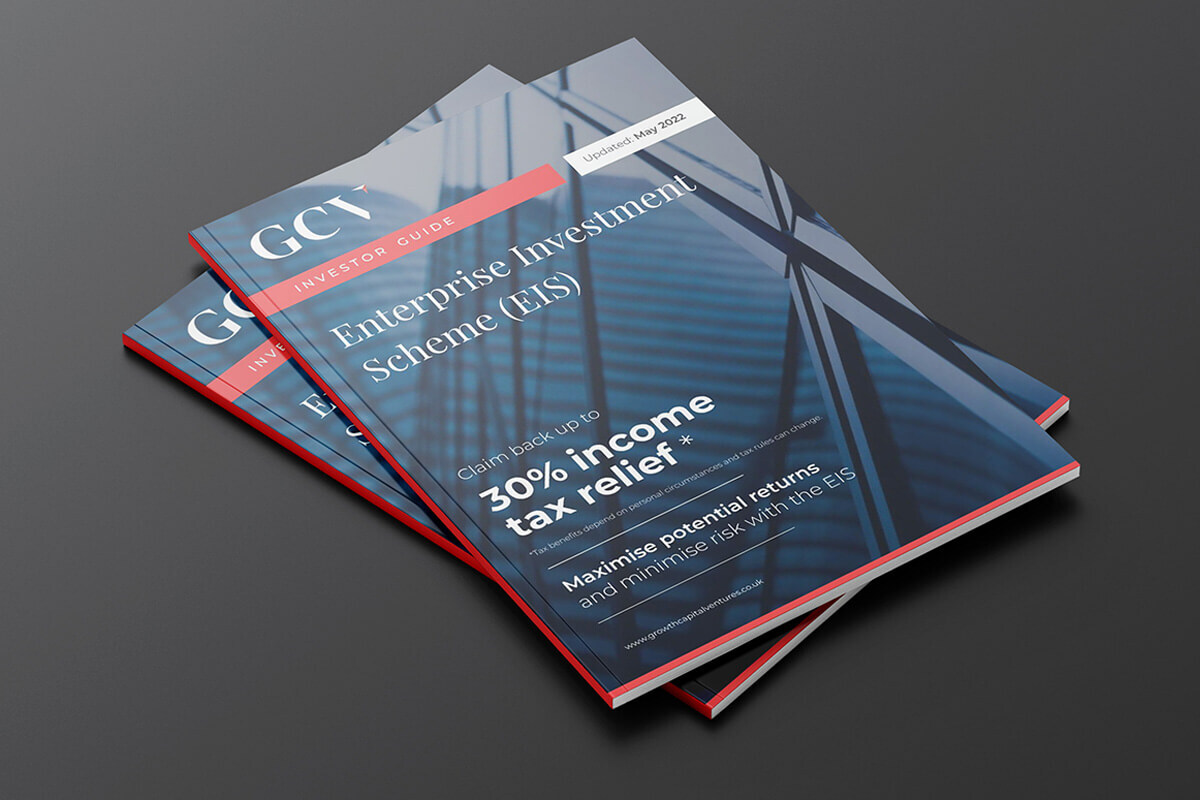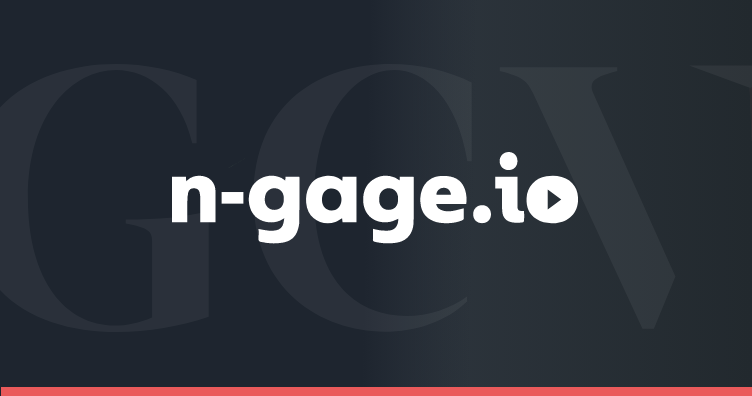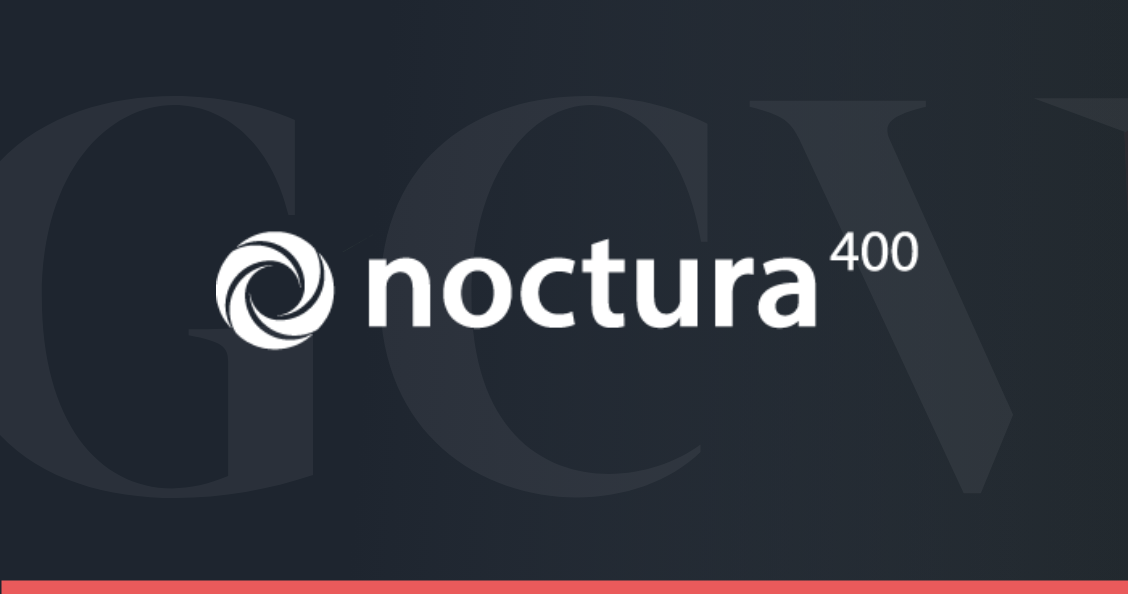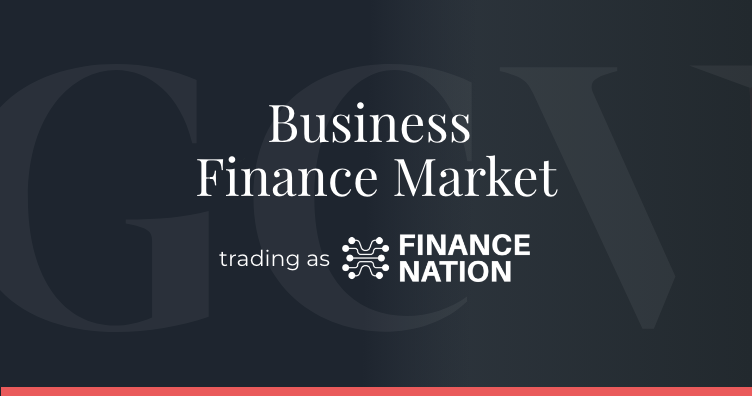Key Facts
Benefits and Risks of EIS Investments
Similarly to its sister scheme - the Seed Enterprise Investment Scheme (SEIS) - the Enterprise Investment Scheme poses a wealth of generous advantages for investors keen to benefit from the UK's startup landscape. In turn, it can be equally as crucial that investors consider the scheme's risks and limits in a balanced manner before investing.

Maximising
Returns
EIS qualifying companies are required to hit a strict criteria to maximise the potential of long term growth, additional tax benefits of the scheme (such as income tax relief) can further enhance the potential for net positive returns.

Minimising
Risk
Though investing in startups offers the potential for significant growth when compared to more mature routes, with that higher growth comes higher risk. Through tax reliefs such as loss relief the EIS minimises the potential for capital losses.

Portfolio
Diversification
Though on the higher end of the risk spectrum (and so likely not making up the entirety of a portfolio), EIS opportunities exist across a broad range of industries. Naturally, this can make the scheme a powerful tool for portfolio diversification.

Reducing
Tax Bills
Whether it's via deferral relief that can provide flexibility over existing CGT payments, or carry back relief that enables investors to claim relief for the previous financial year, the scheme's reliefs have the power to reduce and reorganise tax bills.

Investing up To
£1 Million
Investors can invest up to £1 million via the scheme per tax year, or £2 million providing additional capital is into knowledge intensive companies (KICs). Though this offers significant potential for growth, investment is limited to qualifying trades.

Supporting Growing
Business
EIS rules include limits to ensure eligible companies are early stage and growth-focused. Including a maximum 250 employees and less than £15 million in gross assets, these rules aid in funnelling investment into transformative UK startups.

Alternative
Focus
Residing in the alternative investment space, the scheme benefits from advantages including higher resistance to external market volatility. Conversely, the EIS is arguably less liquid than some of its traditional investment counterparts.
%20(3)%20(2).jpg)



















